TDM Pulse Code Modulation/ Transmitter Trainer
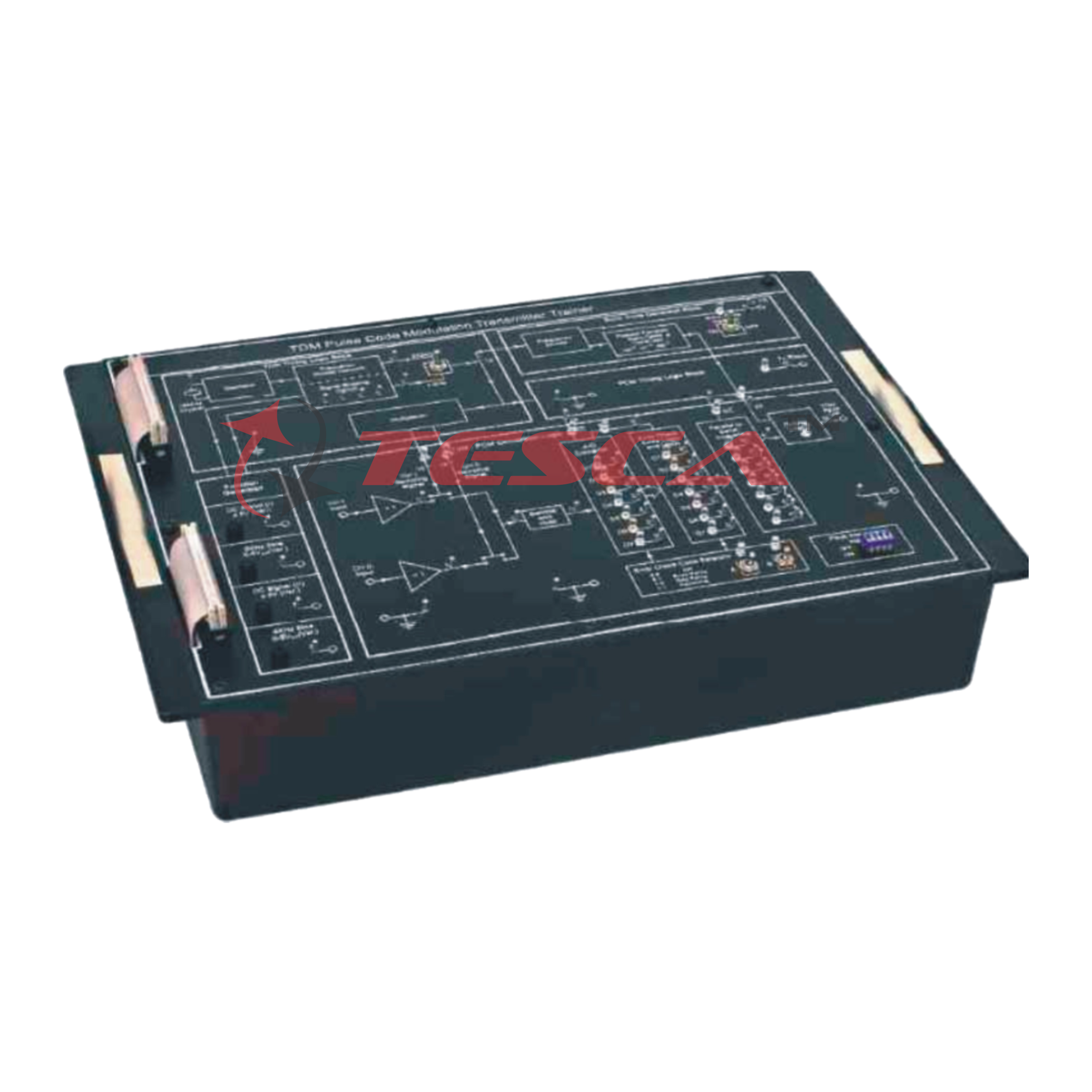
Order Code: 40529-8064
Category: Communication Trainers
The trainer provides all necessary inputs and connection for students to study Pulse Code Modulation Transmission techniques. A communication link can be established by using PCM receiver. Technical Specifications Crystal Frequency : 16 M...
SPECIFICATION
The trainer provides all necessary inputs and connection for students to study Pulse Code Modulation Transmission techniques. A communication link can be established by using PCM receiver.
Technical Specifications
Crystal Frequency : 16 MHz
On Board Analog Signal : 2 KHz, 4 KHz (sine wave synchronized to sampling pulse Adjustable amplitude and separate variable DC level)
Input Channels : Two
Multiplexing : Time Division Multiplexing
Modulation : Pulse Code Modulation
Sync Signal : Pseudo random sync code generator
Error Check Code : Off - Odd - Even - Hamming
Operating Mode : Fast : 320 KHz / channel (approx.)
Slow : 1.9 Hz / channel (approx.)
PC -PC communication : Using 2 channels via RS232
Port : 9 Pin D type connector - 2Nos.
Baud Rate : Selectable from 300 to 2400
Test Points : 50
Interconnections : 2 mm Sockets
Power Supply : 220 V ±10%, 50 Hz / 60 Hz on request
Power Consumption : 4 VA (approx.)
- Crystal Controlled Clock
- On-board Sine wave generator (Synchronized)
- 2 TDM Analog Channels
- PCM Transmitter
- Fast & Slow modes for real time operation and data flow examination
- Error check code options (odd-even parity, Hamming Code)
- 4 Switched faults allow different Error Check Options
- PC - PC Communication via RS232 interface
- Functional blocks indicated via on board mimics
Experiments that can be performed
- Pulse Code Modulation
- A/D Converter, Parallel to Serial Data conversion
- Time Division Multiplexing of PCM Data
- Synchronization by Pseudo random Code
- Error Check Codes with switched faults
- Connecting modes between transmitters & receiver (1) Sync, clock, data lines connected (2) Clock, data connected (3) Data
- Study of the effect of induced faults
- PC-PC communication in 3 modes
- Study of control signals and their timing

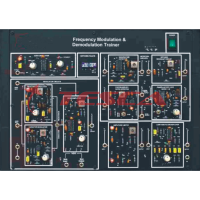
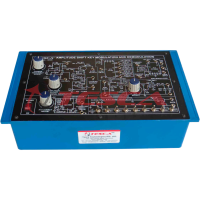
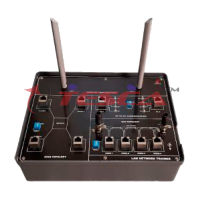
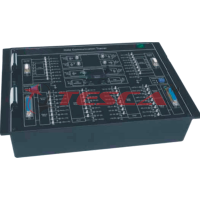
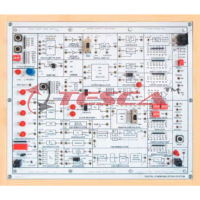
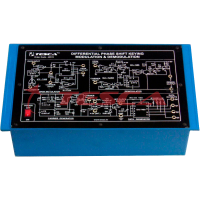
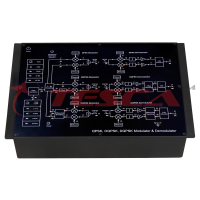
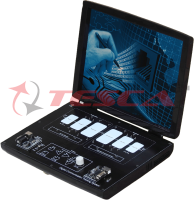


 91-9829132777
91-9829132777